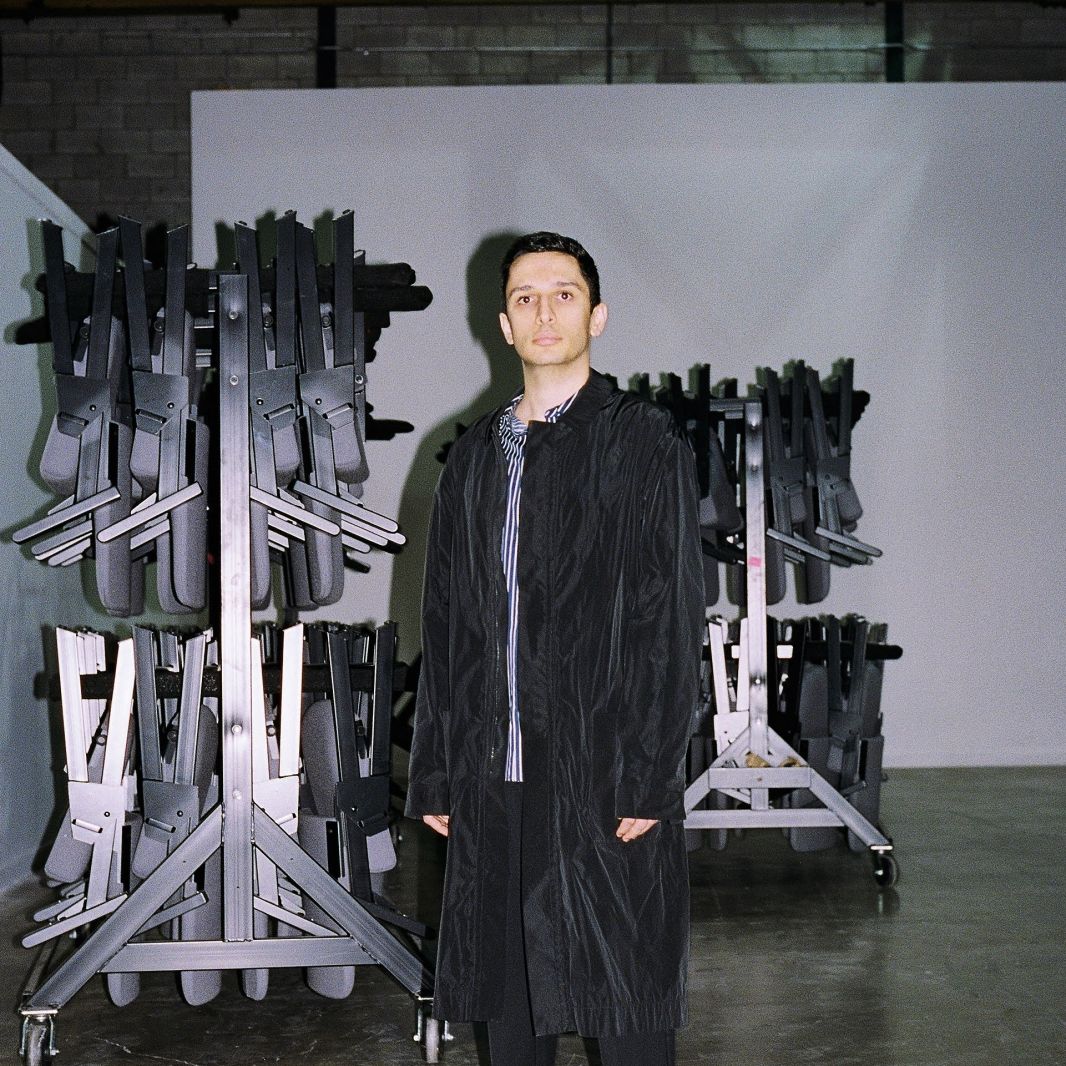Language Classroom: Synthesis
Fall 2022
The starting point of “Language Classroom: Synthesis” is based on Rad Hourani’s own experience, who, as a dyslexic, ADD and dysphonic person, has felt socially excluded from a young age because of his difficulties in reading and writing. Starting from this observation, his research focuses on recent linguistic changes and developments in the digital sphere: spelling reform, gender-inclusive writing, the appearance of chat rooms, email or text messages, emojis and emoticons. All these mutations can be perceived as a threat, but in reality, are they not a way to make language accessible to all?
Through this residency, Hourani explores multiple approaches to the book object in order to better reflect on the relation between content and container. How can the book, as a device, bear witness to all these mutations to create modern hieroglyphs or a new writing? What are the tactile qualities to be privileged? What kind of layout can renew the book object and our way of browsing it?
While the book object and the classroom have long intimidated him because of his learning difficulties, Hourani wishes to give them a second chance and perceive them as alternative spaces to transgress.
“As a classified BIPOC, queer, dyslexic and dysphonic artist, my research draws on issues of socially imposed categorizations and identities in order to reignite debates and open a dialogue on issues of inclusion and inequality. Society treats traditionally educated individuals with respect and praise, while neglecting those who do not echo a similar literary skill. In this sense, my project “Language Classroom: Synthesis” corresponds to the values and interests I wish to bring to the forefront in my artistic process, to challenge communication learning systems so that they are not just for the literate.”
— Rad Hourani
Rad Hourani is an interdisciplinary artist who uses the mediums of sculpture, painting, architecture, photography, costume, curation, performance, text, sound and video, to highlight the labels that categorize humans with codes, and the violence that is born out of these divisions. His artistic approach to the hybridization of visual arts revolves around the foundations and contexts of geopolitical, religious, sexual and economic social systems. His multidisciplinary practice questions established boundaries and hierarchies, coincide in revolutionizing the restructured fundamentals into a manifestation of evolutionary activism.
His work was the subject of a many exhibitions, notably at the Centre Pompidou in Paris in 2012, at the Tate Modern in London in 2013, at the Guggenheim in Bilbao in 2017, and more recent exhibitions taking place at the Museum of Fine Arts in Boston and the Noguchi Museum in New York, both in 2019.
